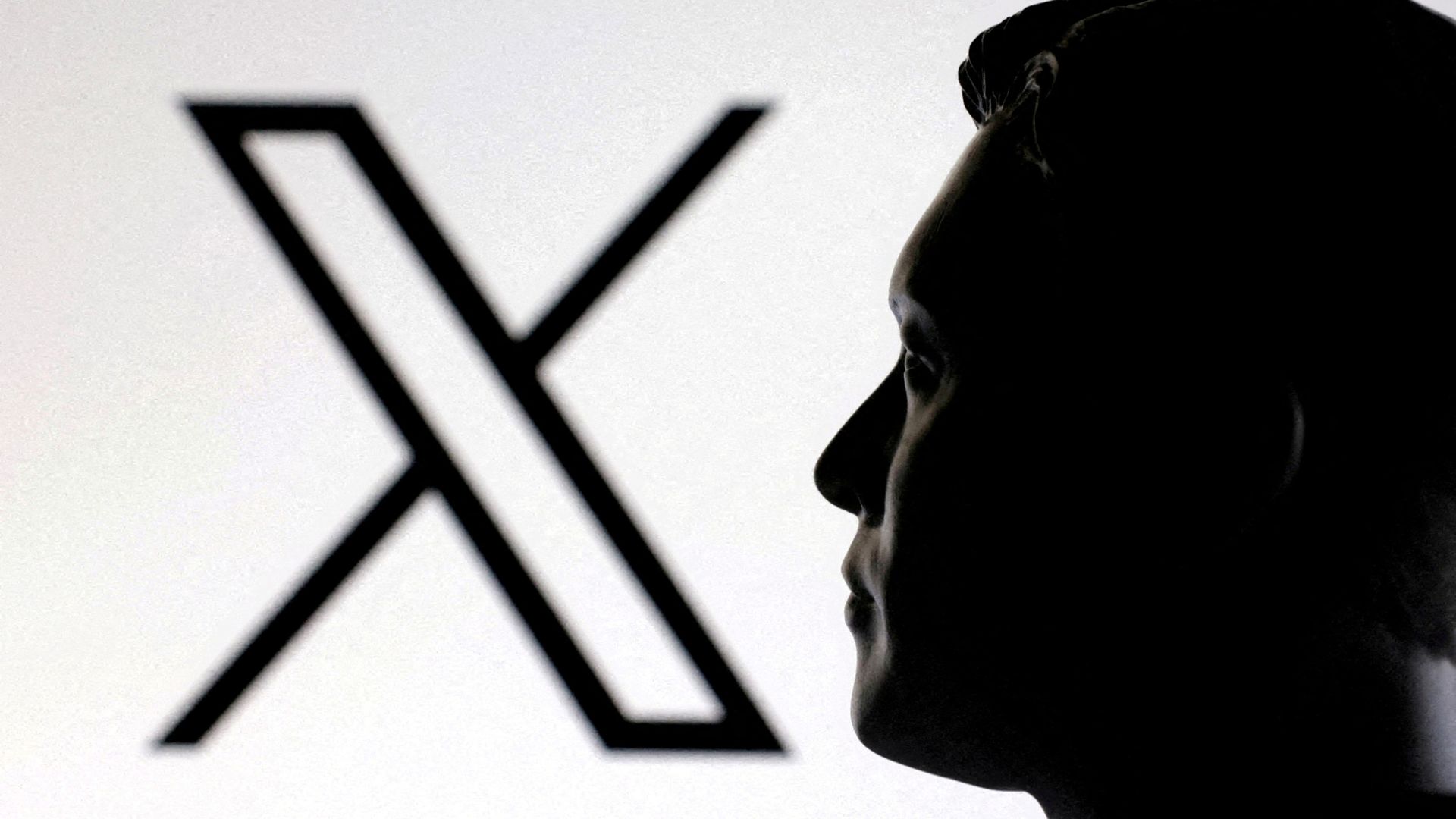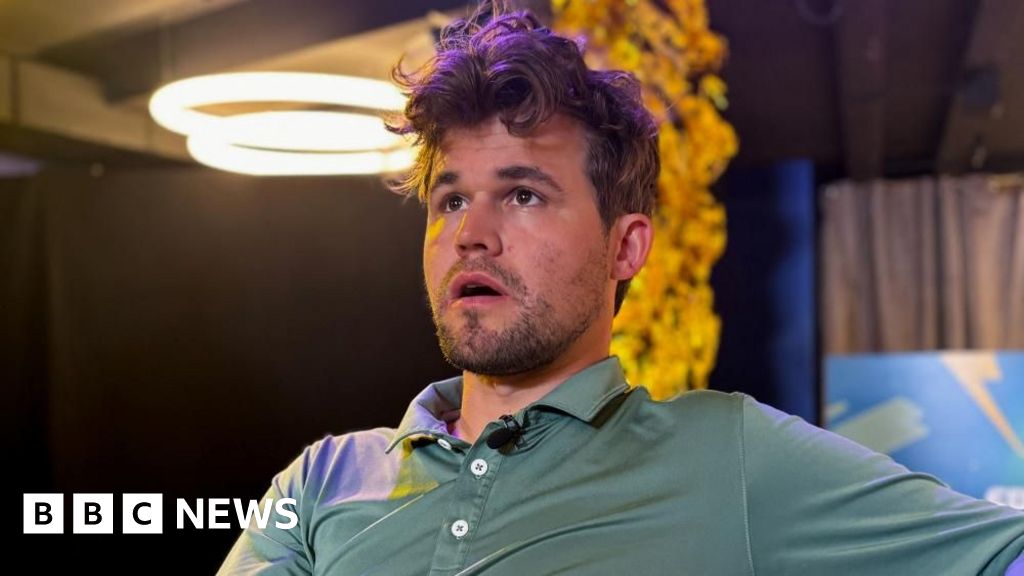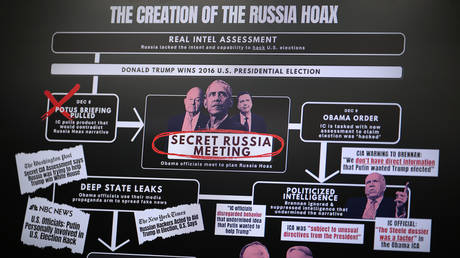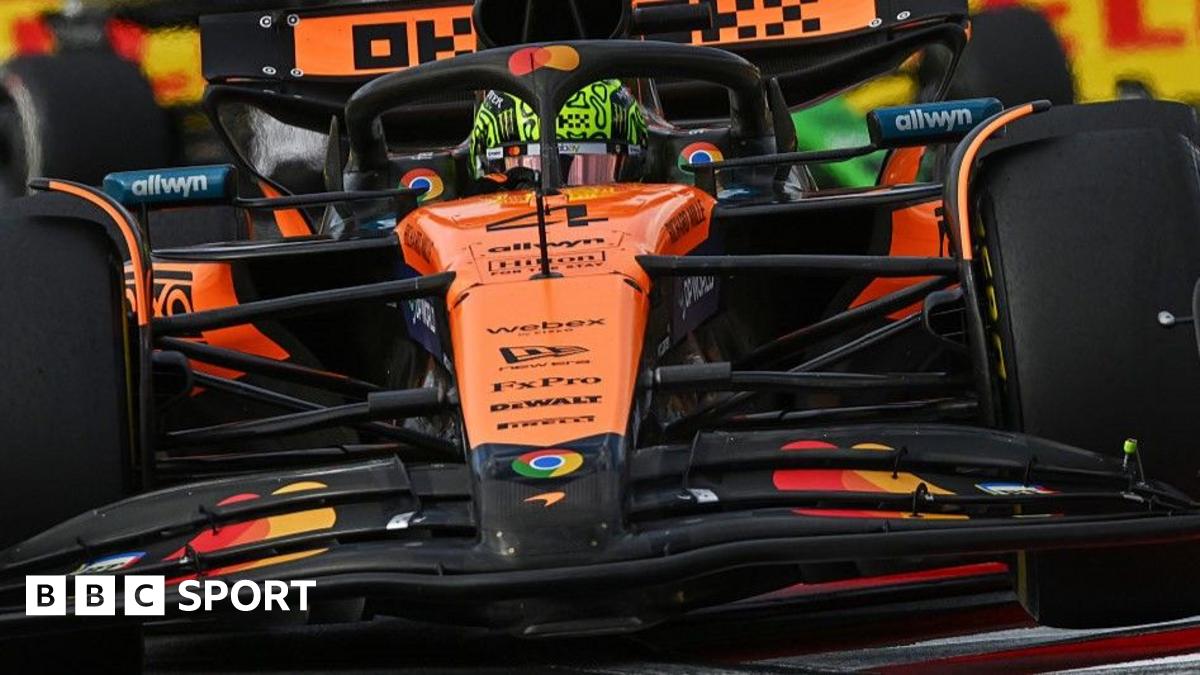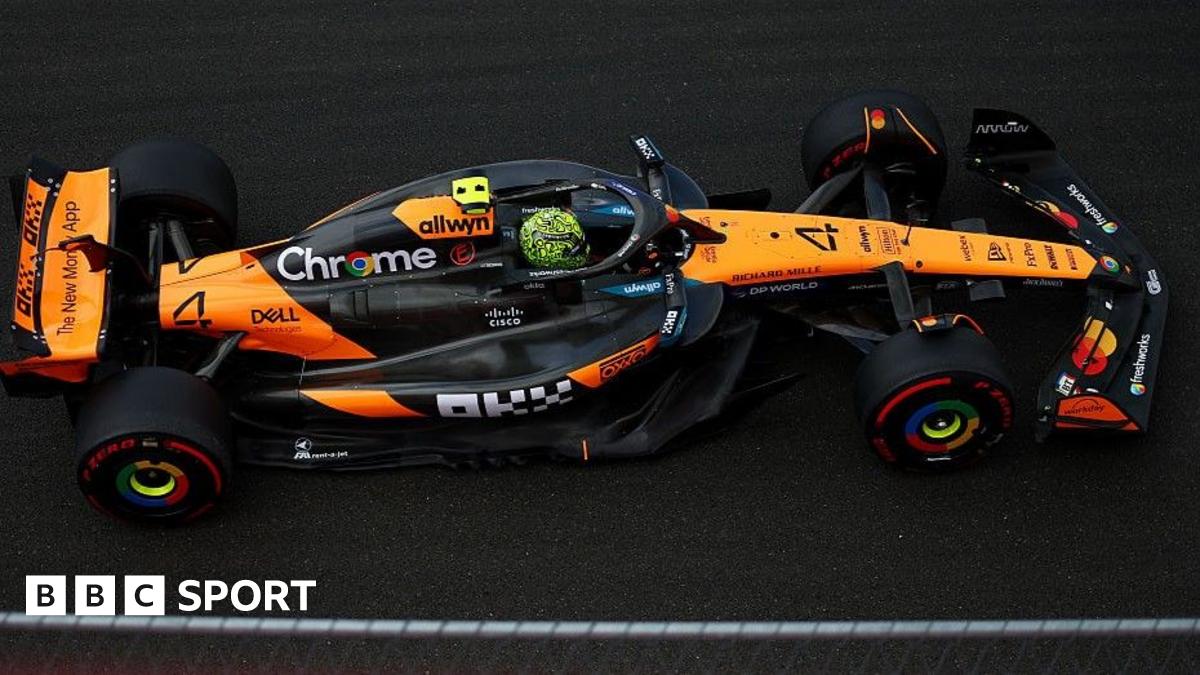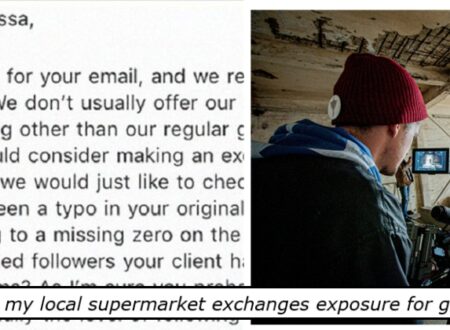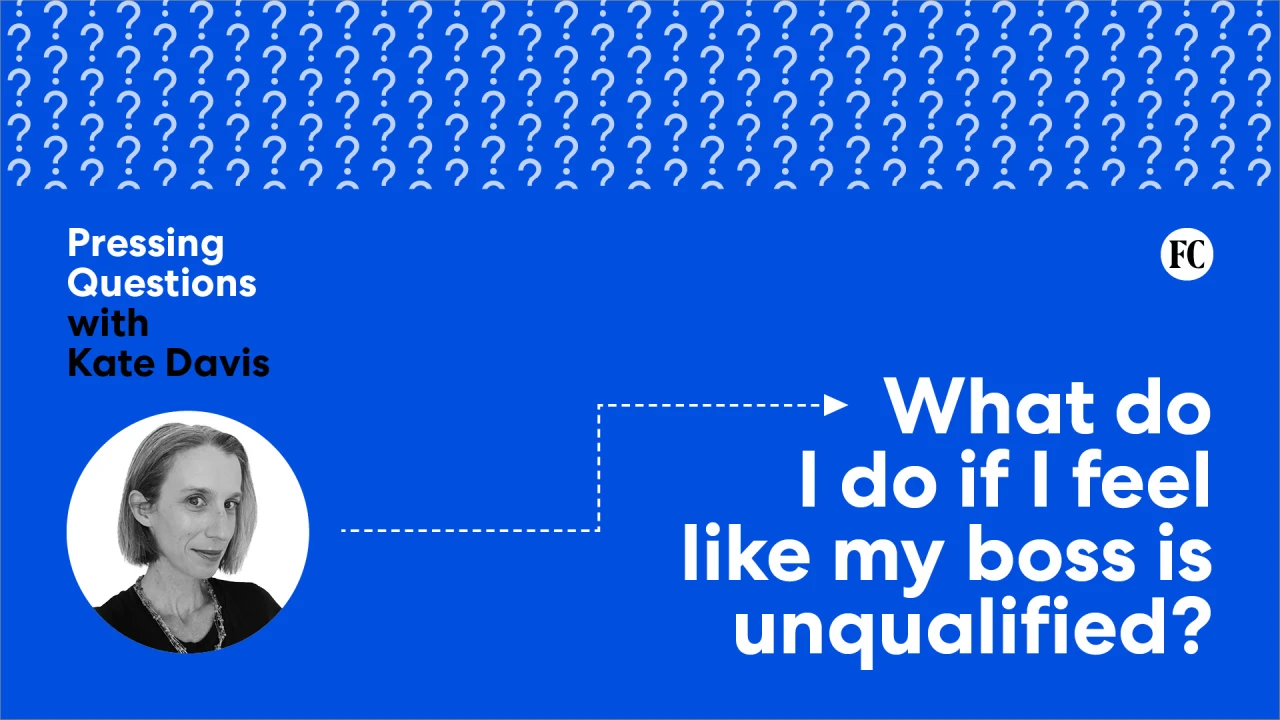This designer is sick of making products that end up in landfills: How she completely rethought her career to work on clean energy
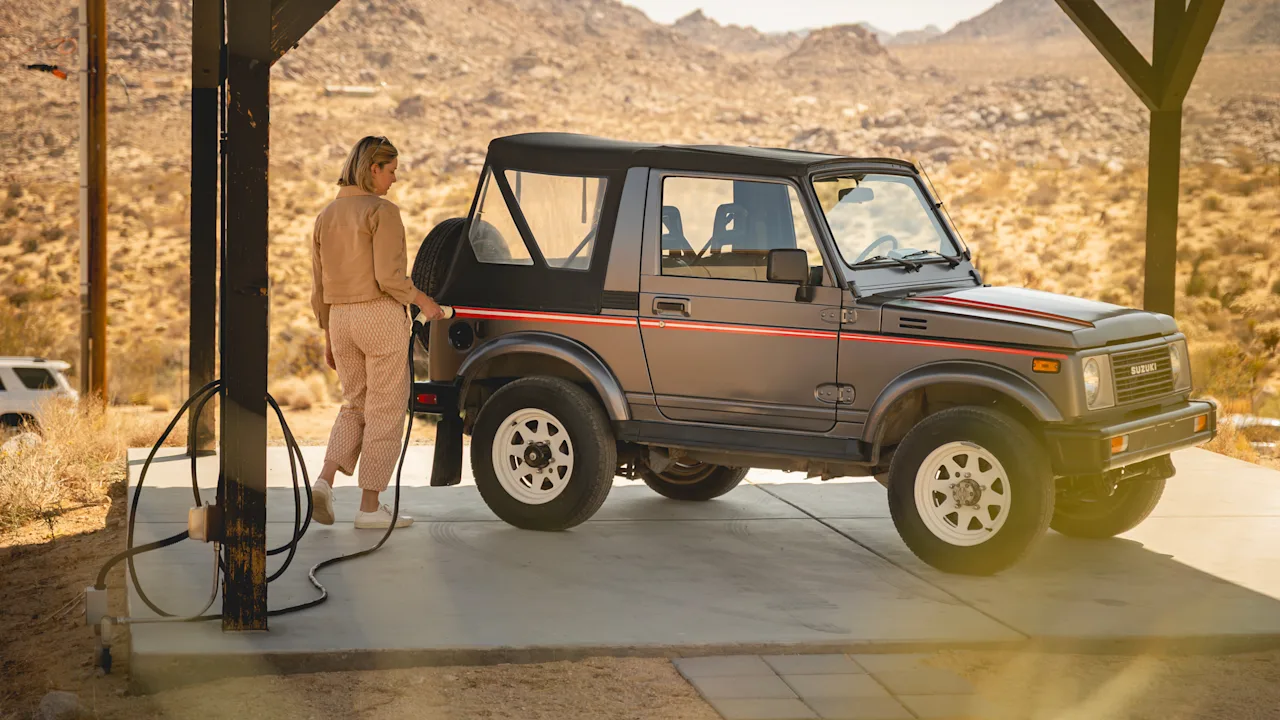
After two decades as an industrial designer working on products like augmented reality glasses Lauryn Morris was ready for a change.
“I was really becoming jaded with the status quo of the linear economy,” she says. Most products still take a one-way journey from raw materials to a landfill. Sustainability—including what happens at a product’s end of life—is usually an afterthought.
Morris had seen the impact of climate change firsthand, when a wildfire in 2020 burned through a property that she and her husband own near Los Angeles. And she wanted to rethink her role as a designer.
“I wanted to not be part of the problem anymore,” she says. “I wanted to counter all of the waste that I was a part of over the last 20 years, and then show other people in the hardware world how we could challenge it and think differently.”

In 2023, she took a sabbatical to explore what she wanted to work on next. She took time to recharge—working with her hands and spending time outside—while reading as much as she could about climate solutions. She went through the Climatebase fellowship, a 12-week accelerator program that helps professionals pivot to careers focused on climate.
She could have taken several different paths. But she ended up taking inspiration from her own life: She loves driving vintage cars, and she wanted to find a way to help convert more existing cars on the road to EVs.
Right now, EV conversions are typically custom projects. Morris had looked into converting her own car, a gas-guzzling 1975 Datsun, to electric.
“I started calling shops in Southern California and found two-year-long wait lists and really high price tags,” she says. Auto shops do long, complicated, bespoke conversions and full restorations. Alternatively, there are companies that sell DIY kits for consumers to convert some models, like VW Beetles. But those hobbyist projects can also take months or years in a garage.
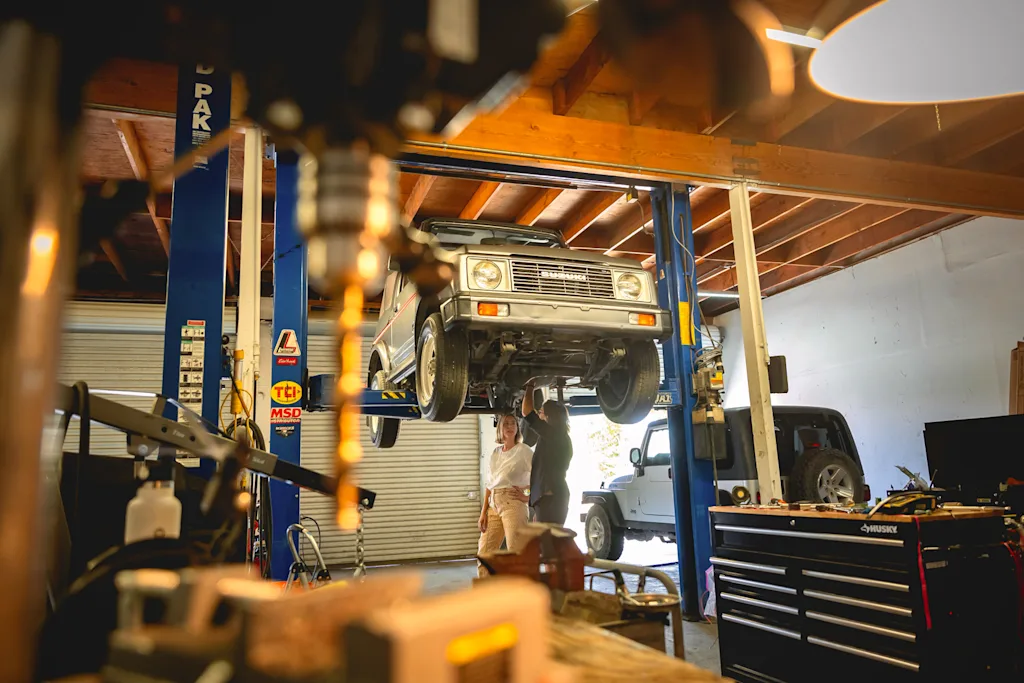
“It’s never really been interesting to me to do small projects,” Morris says. “That’s where the industry has been with gas-to-electric conversion. I wanted to take my experience working in mass production and apply principles of scale to reuse. How can we remanufacture things at scale?”
She saw the opportunity to make the idea of EV conversions mainstream. “I think that designers and product strategists are the missing key to make circularity more desirable and more normal for the way that we all consume products,” she says. While it’s not realistic to convert every car on the road to electric, Morris argues that conversions can make a “significant dent” in the adoption of EVs.
She launched a startup called Nice (a reference to what people would say when they pulled up next to her vintage Datsun at traffic lights in L.A.: “Nice car.”) In 2024, the startup joined the Los Angeles Cleantech Incubator to pilot the idea, starting with a 1987 Suzuki Samurai. The car is a cult favorite. “It’s really unique looking compared to modern vehicles,” Morris says. “It’s a cute little boxy SUV. And it’s not rare. The idea is finding identical vehicles to convert in batches.”
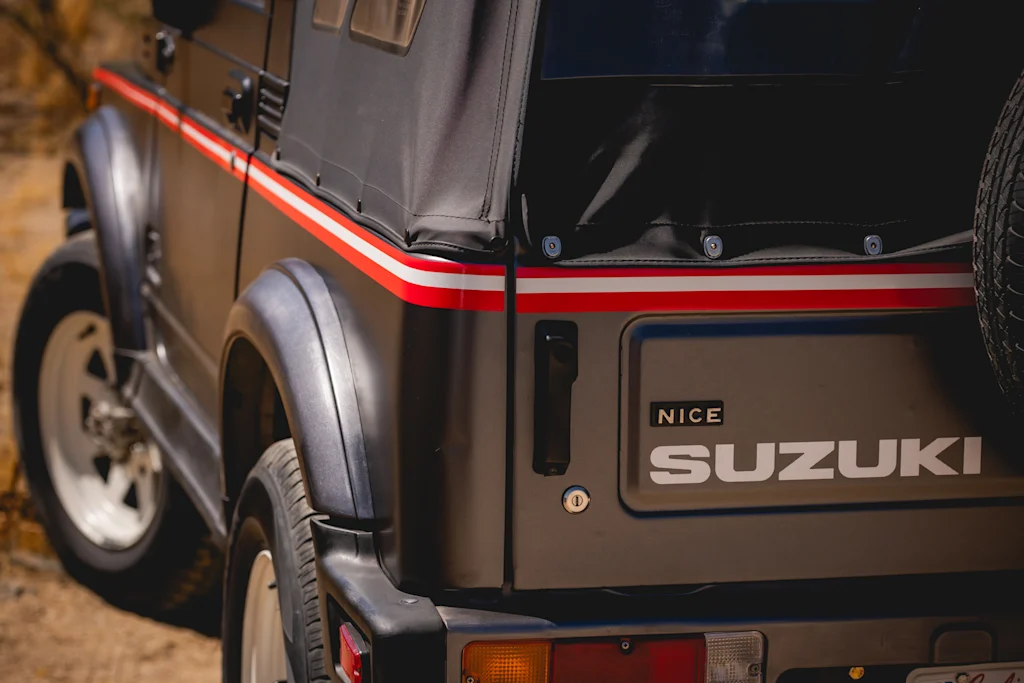
The company’s process involves doing R&D once—figuring out where a battery and electric motor can fit, and the exact configuration needed—and then repeating the process, making it both faster and more affordable. As the company moves forward, it will focus on cars that are newer and even more plentiful on the road, making it easier to scale.
Currently the team is working on the first challenge: building the infrastructure to easily source used parts from retired Teslas or other electric cars. “Our pilots with Suzuki Samurais proved the demand. People loved them,” Morris says. “I can’t tell you how many people have reached out to have their Samurais converted. But the real bottleneck wasn’t interest. It was infrastructure.”
When Nice converted its first two Samurais using the same process and parts, the cars performed differently because the second-life batteries they were using were different. “We found that the information we were able to get from the suppliers who were selling those second-life parts was very minimal,” Morris says. “There’s not a lot of transparency.”
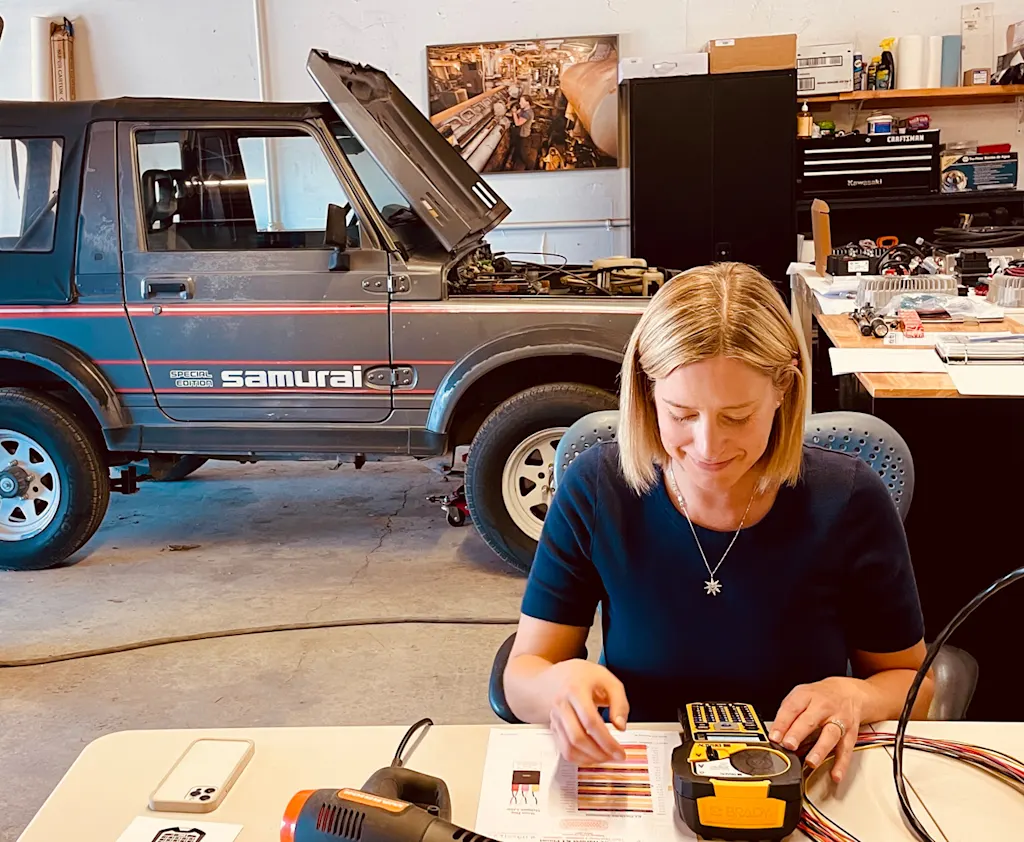
If you buy a used battery from a Tesla Model S, for example, you won’t know what year it was made or how it was used, from the climate it was driven in to how it was charged. More detailed diagnostics are possible but aren’t commonly used by resellers. So Morris is building a platform that can reclaim parts and certify their performance.
Beyond cars, the second-life batteries can be used for energy storage. Some used EV batteries have enough life left to be a good fit for use in another car, while others are too drained but could still be used for years to store energy.
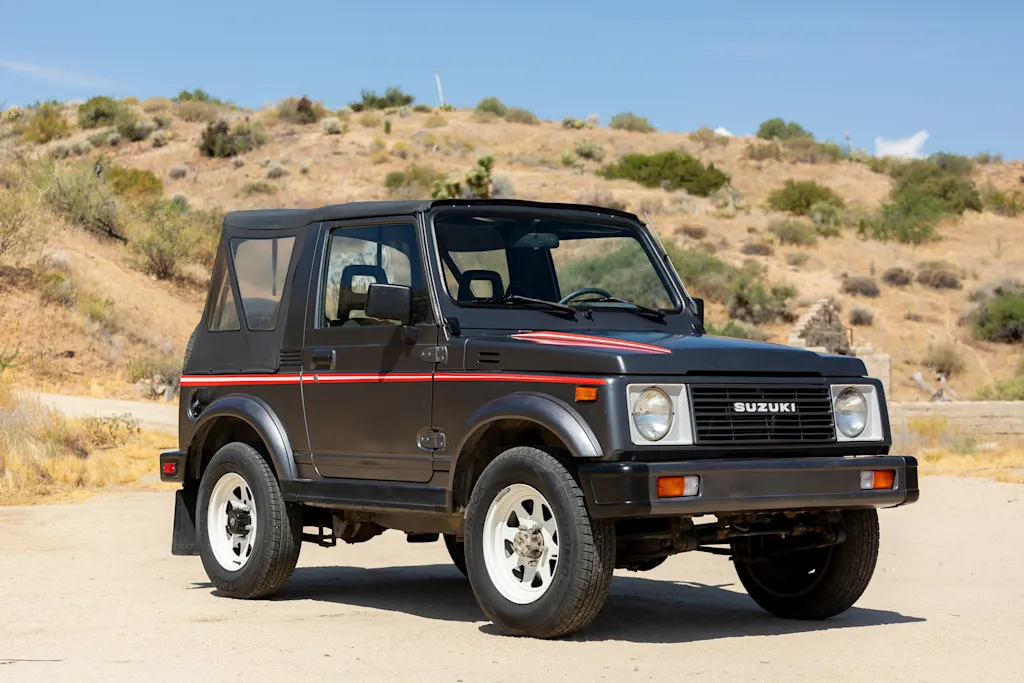
“We’re seeing these two massive trends converge,” Morris says. “Hundreds of thousands of EVs are starting to age out of their warranty. The first wave of EVs is now retiring, and so there’s just this big wave of end-of-life EVs. Then we’re also seeing this exponential growth and demand for energy storage.”
While others, like Redwood Materials, are beginning to use second-life batteries for large data centers, Nice plans to serve the thousands of commercial and industrial applications that need the same batteries but can’t easily source them.
“For most customers today, sourcing parts is still a game of guesswork and finger-crossing,” Morris says. “That’s the gap I’m focused on closing as a founder: building the connective layer between salvage supply and second-life demand, and ensuring these assets are accessible, safe, and reliable far beyond EV conversions.”
The challenge, she says, is not so different than other projects she’s worked on in the past. “I just find it so fun and invigorating and energizing to learn about something really complex,” she says. “I didn’t get into augmented reality or head-worn computing knowing everything there is to know about computer vision and display technology, but you learn it along the way. It’s the same principle, where you study and understand the subject matter and think about what the goals are, what the value propositions are.”
But Morris is more focused now on the bigger picture. “I realized that my role going forward in my career needs to be less about designing a new beautiful object and more about designing a system and looking at the value chain across all of these objects that we need in our lives,” she says. “There’s nothing wrong with these products being in our lives. But the people responsible for making them—industrial designers, engineers—are uniquely positioned to advocate for challenging that status quo of linear thinking.”
What's Your Reaction?
 Like
0
Like
0
 Dislike
0
Dislike
0
 Love
0
Love
0
 Funny
0
Funny
0
 Angry
0
Angry
0
 Sad
0
Sad
0
 Wow
0
Wow
0

